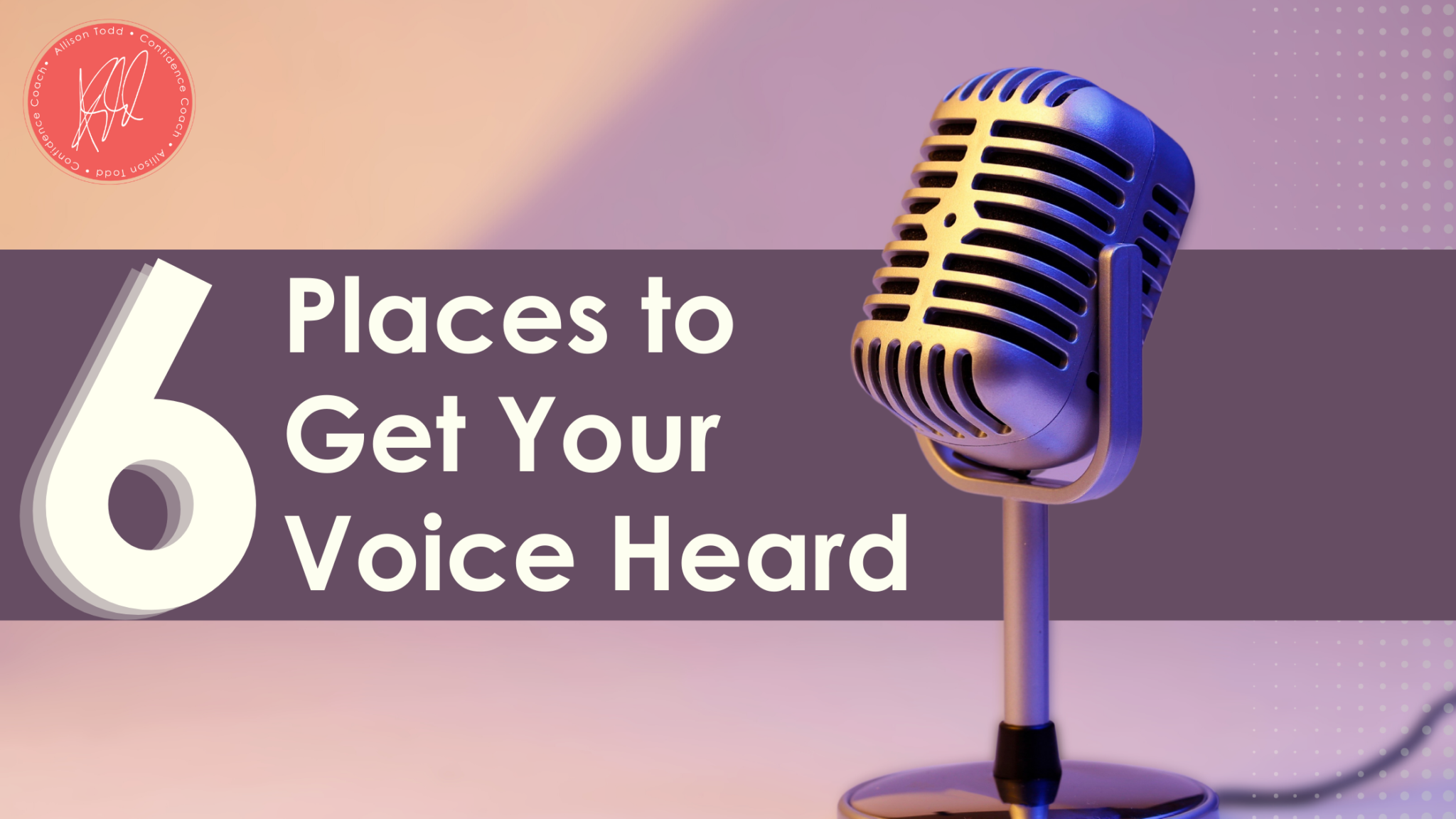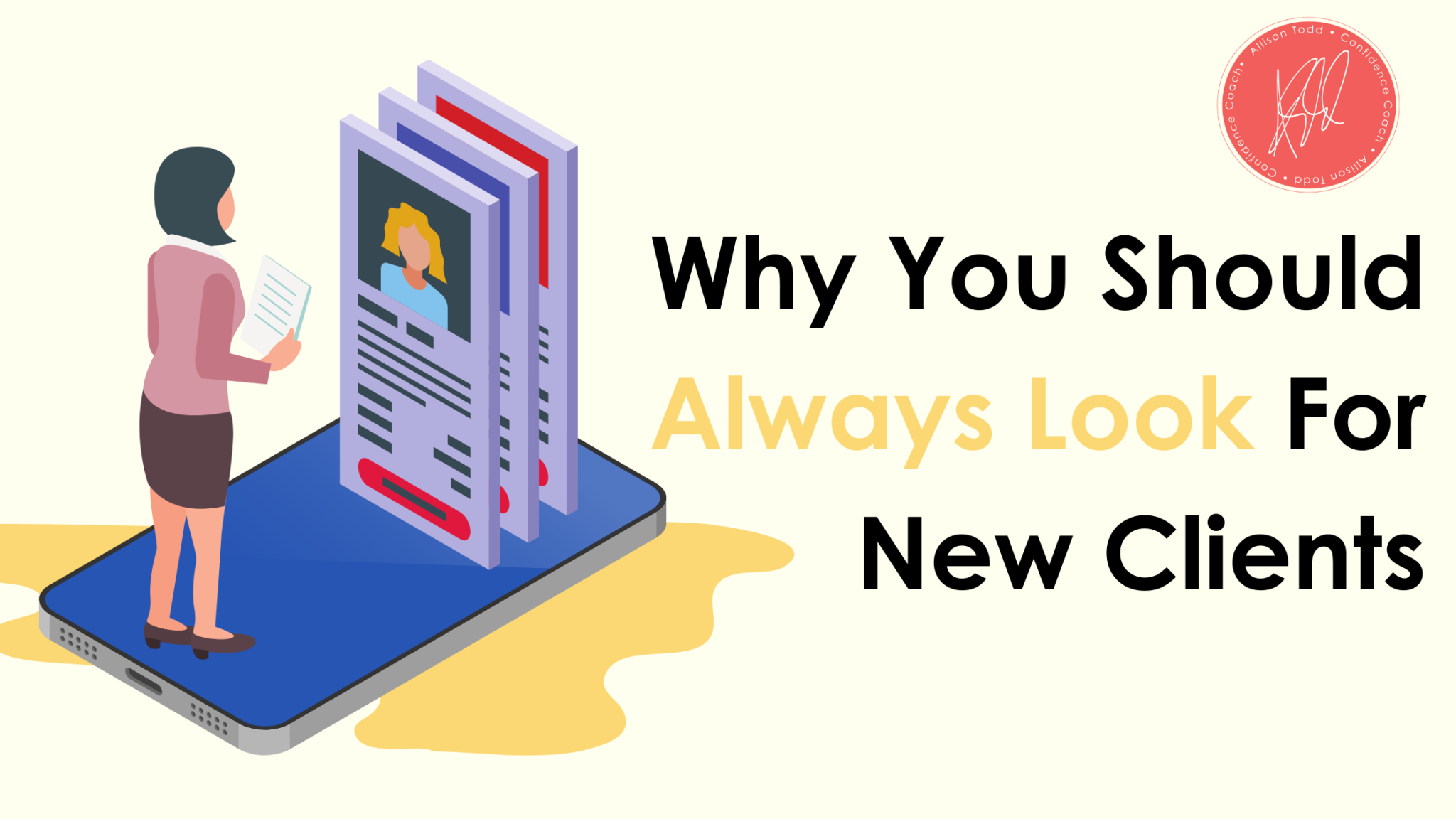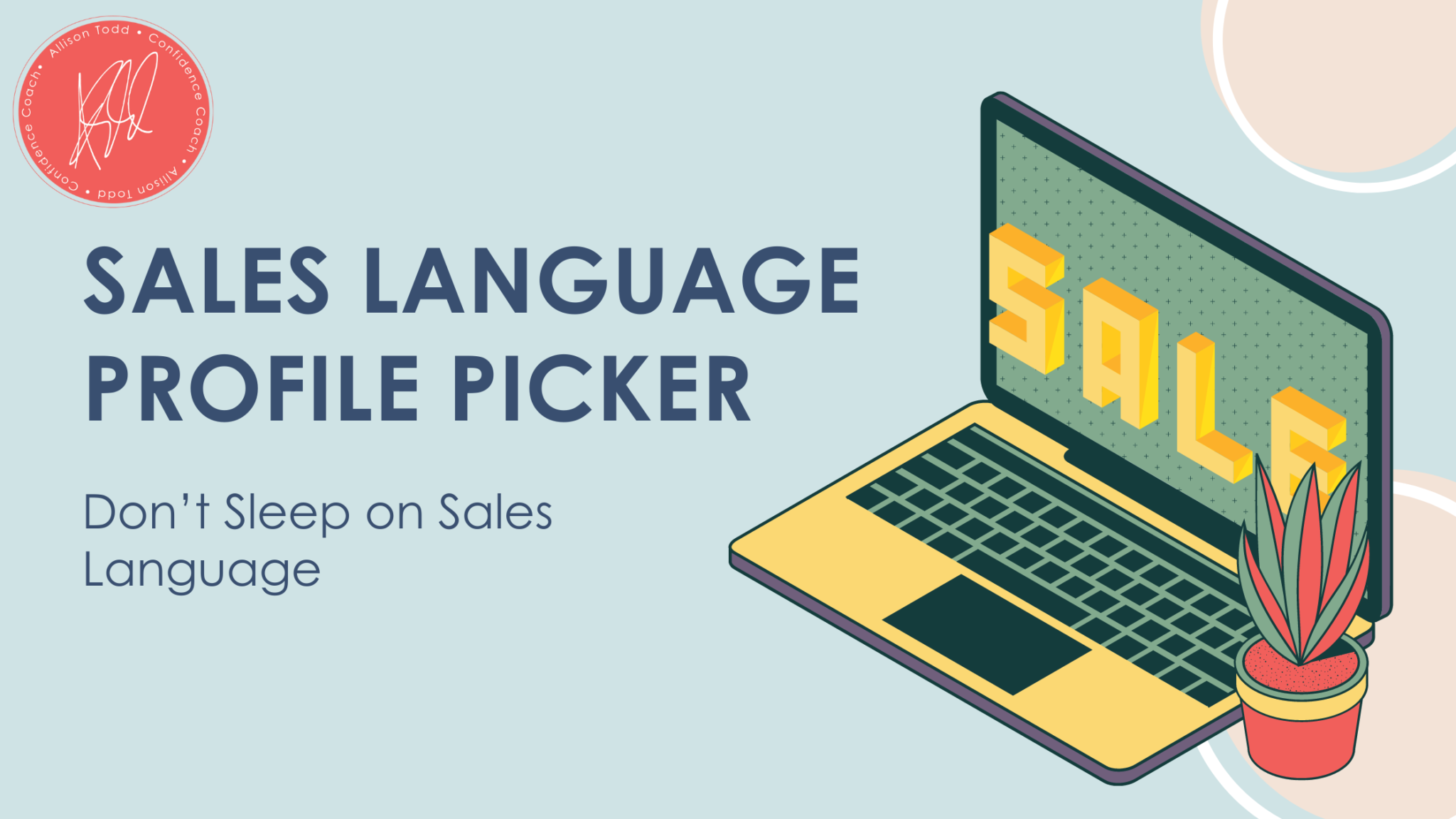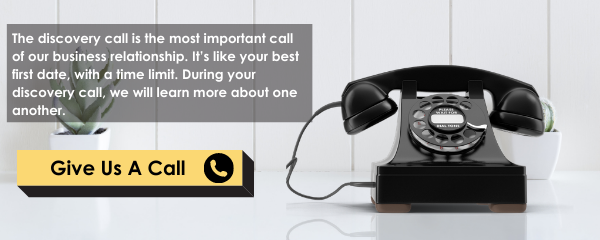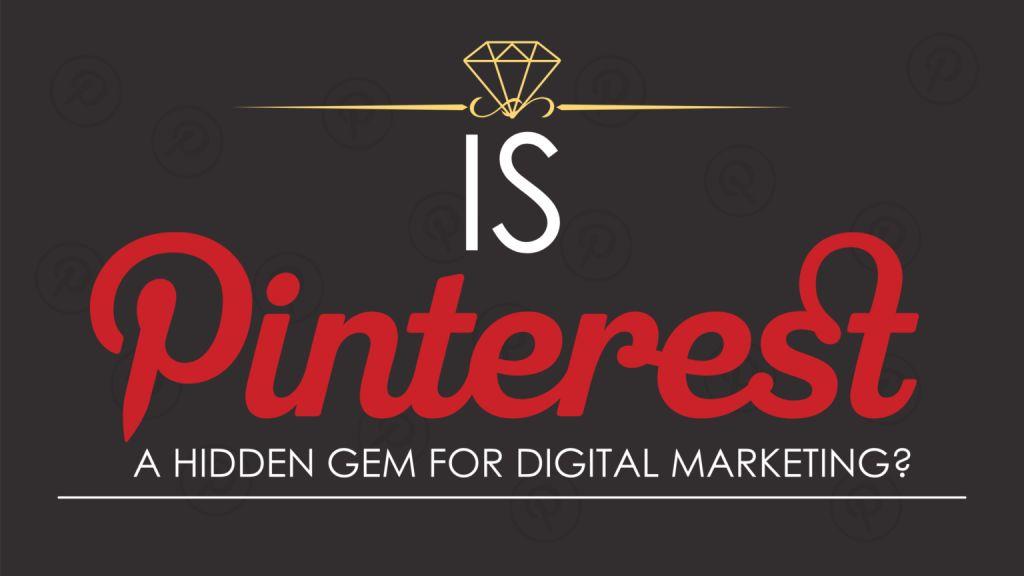Attention sales teams: want to be let in on a little secret? Relationship building is the key to sales success. You can have the best product or services in your marketplace, but if you don’t create an authentic relationship with your audiences and prospective customers, all of these traditional factors become obsolete.
While product might have been the draw that brought new clients to your door, it is your personality and customer service that keeps them coming back.
What Is The Know, Like, & Trust Factor And Why Does It Matter?
To put it simply, having the know, like, and trust factor are the three secret ingredients to becoming a more personable salesperson. Achieving all three of these “it” factors will allow your customers to feel more comfortable and confident with their purchasing decision. This is because these factors will help them…
- – Know who you are and what you care about
- – Enjoy your personality and like spending time with you
- – Trust your judgement and recommendations
3 Steps For Building The Know, Like, and Trust Factor
Let’s dive into tangible ways to build your companies know, like and trust factor:
#1: Build The Know Factor By Honing In On A Unified Brand Message
One of the most effective ways of showing consumers who you are is through maintaining a strong and unified brand voice before, during, and after the sales process. This is because a brand voice communicates your brand’s values, beliefs, perspective, and overall personality.
#2: Build The Like Factor By Being A Good Listener
Let’s face it: who doesn’t love feeling seen and heard? Showing interest and listening to your customers needs and goals is especially important for increasing likeability and closing your sales. One insightful statistic revealed that 68% of B2B consumers are lost from a salesperson with indifference or perceived apathy, not from making a mistake.
#3: Build Trust Factor By Creating Killer Content
One of the best ways for winning prospective clients over is establishing your credibility as an authority in your industry. When you position yourself as an expert, they are more likely to trust your product and believe its benefits once they get to the sales process.
Content marketing is one of the best ways to accomplish this goal. In fact, 96% of the most successful content marketers believe their audience views them as credible and trusted. Some of the best pieces of content for establishing trust and credibility include in-depth blog posts, articles, and podcasts.
Elevate Your Sales Strategy With Allison Todd Today
If you are ready to nail your next sales pitch, I would love to help you reach all of your goals. With 20+ years of experience helping businesses hone in on an effective sales strategy, I am ready to take your business to the next level.
For even more dynamite tips and tricks on building the know, like and trust factor for sales success, click here to check out part two of this blog series today!
Sales Success Part Two: More Tips For Building The Know, Like, & Trust Factor
Are you sick of prospective clients slip through the cracks? If so, it might just be the perfect time to focus on the personal component of sales. While it can be all too easy for an eager sales team to see dollar signs when looking at clients instead of a person in front of them, it is crucial to look at them as human beings first and foremost.
In fact, establishing WHO you are as opposed to WHAT you are selling in the sales process is crucial for keeping customers coming back for more. So much so that 42% of consumers would pay for a more welcoming experience and another 65% find positive customer experience more influential than advertising!
This is where the importance of building your know, like, and trust factor comes into play.
3 Bonus Steps For Building The Know, Like, & Trust Factor
In addition to part one of this blog series, I’m back more ideas for helping you increase your know, like, & trust factor to create a more personable sales process:
#1: Build The Know Factor By Putting Your Name Out There
The more often someone has heard of you and your brand, the more likely they are to feel confident in what you have to offer. Some of the best tactics for boosting your brand awareness and know factor for your target audience are by snagging guest blog post slots on credible sites, creating content with other businesses in your industry, and appearing as an interview guest on a show or podcast whenever possible.
#2: Build The Like Factor By Finding Shared Interests
While the majority of the conversations with your audiences and clients should be focused on the business side of things, creating more real human connections will make the interaction more memorable. Within the small moments of chit-chat and building rapport, try to find a shared interest or belief to keep you connected and build up your like factor.
#3: Build The Trust Factor By Staying Authentic To Yourself
If a salesperson or company isn’t being open and honest about their true thoughts and opinions with prospective clients, it can lead to feelings of distrust. On the other hand, maintaining authenticity will remind clients that you are more than just a business trying to make money.
Some of the easiest ways to stay authentic are by answering questions transparently and avoiding overtly salesy language. In fact, 61% of consumers report that one of the top ways to create a positive sales experience is when companies aren’t pushy.
Don’t Wait To Achieve Your Sales Goals With The Help Of Allison Todd
By putting these ideas into action, you’ll be well on your way towards better customer service and increased sales in no time. Whether your business is in the stage of ideation, launching, or scaling, business coach, I cannot wait to help you bring all of your business ideas and dreams to life.
To learn more about what a partnership with an experienced business coach can look like for your company, don’t hesitate to get in touch to get started today!
6 Ingredients For Building The Know, Like, And Trust Factor
- Step #1: Build The Know Factor to show customers who you are
- Action Step #1: Hone in on a consistent brand voice throughout your messaging
- Action Step #2: Put your brand name out there as much as possible
- Step #2: Build the Like Factor to create strong relationships and rapport with clients
- Action Step #1: Actively listen and show excitement for who your consumers are
- Action Step #2: Find a personal connection with customers through shared beliefs and interests
- Step #3: Build The Trust Factor by establishing credibility
- Action Step #1: Create online content that shows your brand’s authority on a subject matter
- Action Step #2: Maintain authenticity in every client and audience interaction
